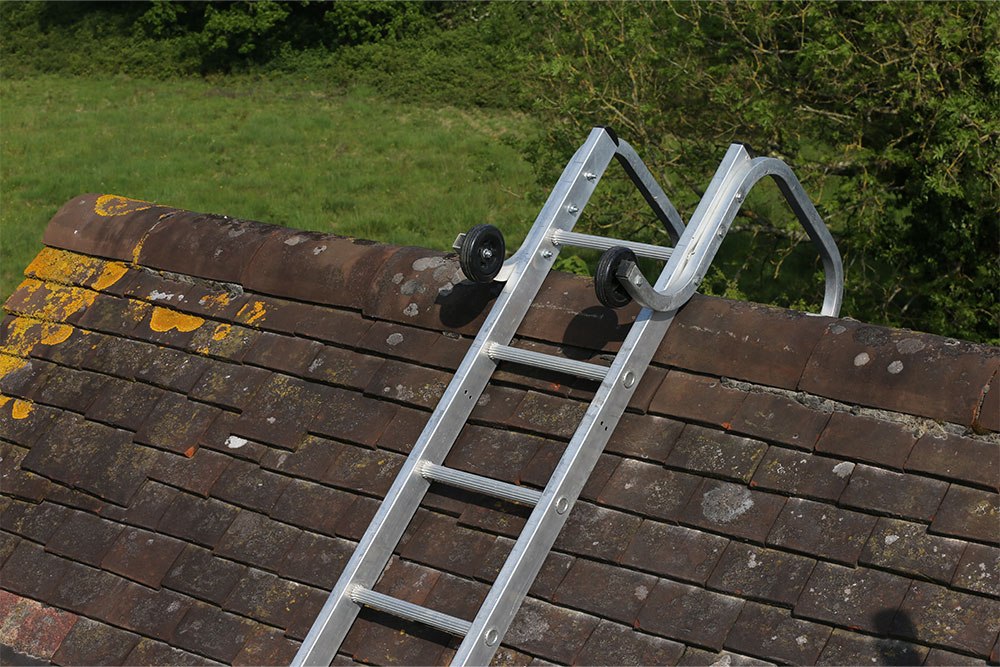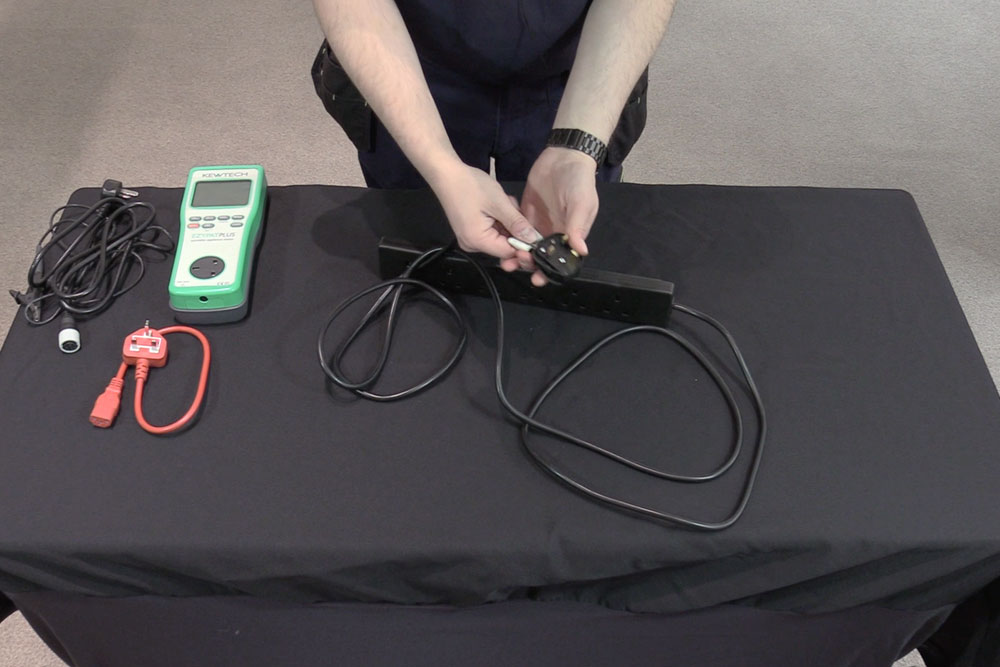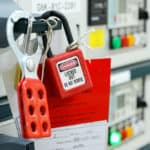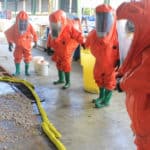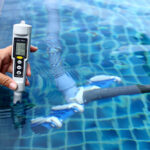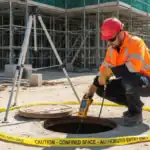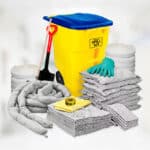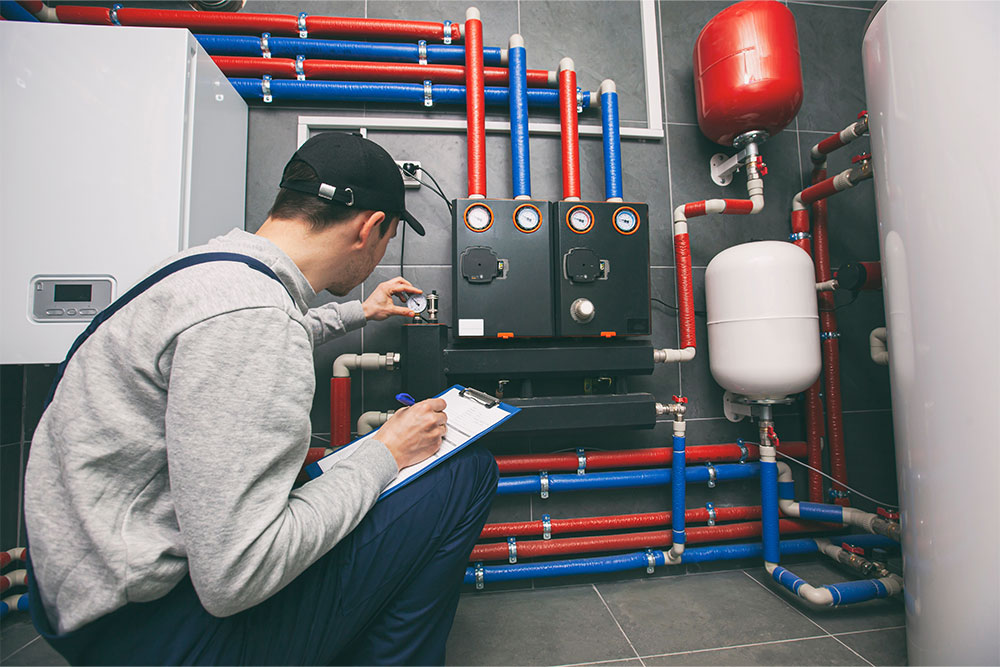
If you’re responsible for a workplace or premises, you have a legal duty to manage Legionella risks in your water systems. If those risks can’t be eliminated, you must control them and document how. That’s where a written scheme of control for Legionella comes in. It outlines how your system works and the steps you’ll take to keep people safe.
In this guide, we’ll explain what you need in a scheme and what it should include based on guidance from the Health and Safety Executive (HSE).
Why Control Legionella?
Health Risks of Legionella
Legionella is a type of bacterium naturally found in freshwater environments like rivers and lakes. In the wild, Legionella bacteria don’t pose a significant threat to human health because their growth is limited and they’re not easily transmitted.
But when introduced into human-made water systems, the conditions often allow them to thrive. Warm water between 20°C and 45°C, stagnant areas and the build-up of biofilm (a slimy layer of microorganisms inside pipework) all enable rapid Legionella growth.
These systems also create opportunities for Legionella to become airborne through fine water droplets released from showerheads, taps, cooling towers, hot tubs and other sources. When inhaled, these droplets can cause Legionnaires’ disease, a serious lung infection similar to pneumonia.
Legal Duties to Control Legionella
If you’re responsible for managing a workplace or building, you are legally required to assess and control the risk of Legionella exposure in your water systems. This duty applies whether you’re an employer, landlord or someone in control of premises.
The following laws establish this duty:
- Health and Safety at Work etc. Act 1974
- Control of Substances Hazardous to Health (COSHH) Regulations 2002
- Management of Health and Safety at Work Regulations 1999
Advice on meeting your duty can be found in the HSE’s key guidance documents:
- Approved Code of Practice L8 (ACOP L8) – explains legal responsibilities and risk management principles
- HSG274 – provides practical, technical guidance on controlling Legionella in different water systems
These guidance documents aren’t law, but they will help you comply with the law. Following their advice shows you’ve considered your duties and taken all reasonable steps to fulfil them, including preparing a written scheme of control for Legionella.
Legionella Awareness Training
Need training for Legionella to control the risk of this bacteria at work? Human Focus offers an online Legionella Awareness Training, which is designed to examine the health risks associated with legionella bacteria and ways to control it to ensure safety for all.
Understanding Written Schemes of Control for Legionella
A written scheme of control for Legionella is a formal document setting out how Legionella risks are managed in water systems. It details the specific control measures in place and explains how these will be implemented, monitored and maintained over time.
It’s important to understand that this scheme is not the same as your Legionella risk assessment.
- The risk assessment identifies potential sources of risk, i.e., where and how Legionella could grow and where and how people might be exposed.
- The written scheme of control explains what you’re doing about those risks, including the actions, measures and procedures in place to keep people safe.
When Is A Written Scheme Required?
According to ACOP L8, you must have a written scheme when:
- A risk assessment identifies a reasonably foreseeable risk of Legionella.
- Identified risks cannot be eliminated.
- Control measures are required to prevent exposure to Legionella bacteria.
Systems Likely to Require a Written Scheme
A written scheme of control is typically required for any water system where there’s a foreseeable risk of Legionella exposure, particularly where water is stored, recirculated or released into the air as a fine mist (aerosolised).
Common systems that present this kind of risk include:
- Hot and cold water systems with storage tanks
- Showers and spray taps
- Cooling towers and evaporative condensers
- Spa pools and hot tubs
- Decorative water features and fountains
- Vehicle wash systems
- Rainwater harvesting systems
These systems create the ideal conditions for Legionella to grow and become airborne — especially if they are not properly maintained.
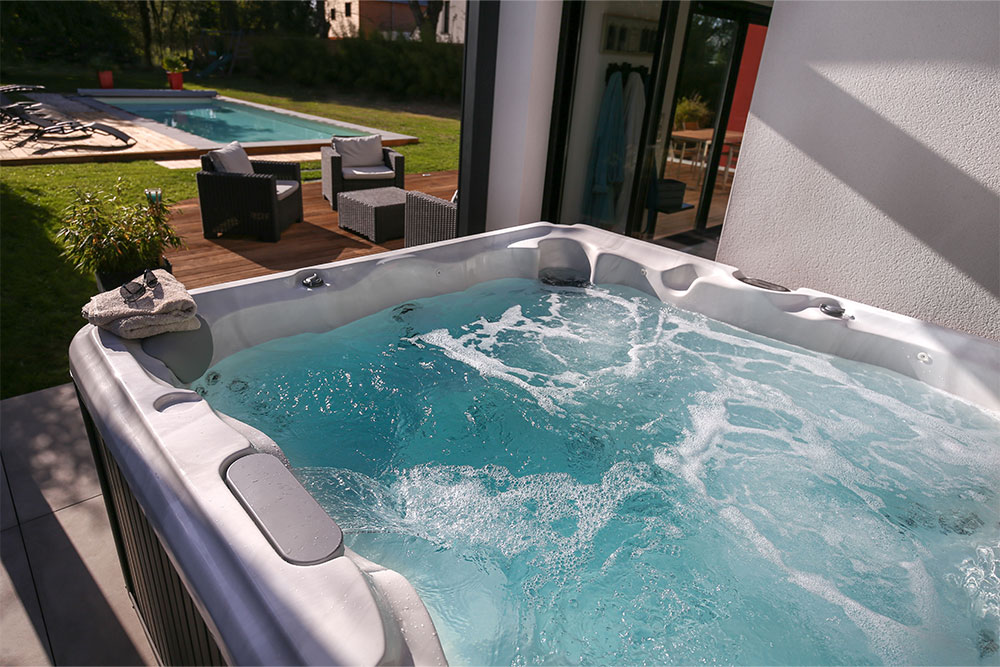
Who Is Responsible?
The person or organisation in control of the premises is referred to as the duty holder. This might be an employer, landlord, property manager or building owner. The duty holder is legally responsible for ensuring that Legionella risks are properly assessed and controlled on their premises. This overarching responsibility includes ensuring a written scheme of control is in place where required.
A responsible person can be appointed to assist with these duties. This individual must have the necessary authority, resources and competence (defined as the appropriate combination of skills, knowledge, training and experience) to develop the written scheme or manage Legionella risks on the duty holder’s behalf.
However, legal accountability remains with the duty holder. Even if you pass tasks to others, including external contractors, you remain legally responsible for ensuring the work is done properly. That means you must be confident that anyone preparing or implementing the scheme on your behalf is competent to do so.
What Should the Written Scheme Contain?
The purpose of the written scheme is to clearly lay out how the system works, how risks are managed and what checks are done to make sure those controls are effective.
Based on the guidance from the HSG274 and ACOP L8, you must include the following elements in your written scheme:
1. System Information
The document should include an up-to-date schematic diagram of the water system. This diagram must clearly show all key components, such as storage tanks, calorifiers, pipework, outlets, pumps, and any redundant or rarely used parts that create ideal conditions for Legionella to grow.
This will help the maintenance teams and contractors understand the system and spot any risk areas.
2. Control Measures
Outline how you are keeping the system under control.
Some essential measures include maintaining hot water above 60°C and cold water below 20°C, cleaning and disinfecting the system regularly, removing or flushing out dead legs, and running water through taps that are rarely used. These actions help prevent the growth of Legionella.
3. Monitoring and Inspection
The scheme should include a detailed monitoring plan.
List what is being checked, such as the temperatures, flow rates and water quality.
State who is responsible for carrying out the checks. Mention how often the checks are done. Include what equipment is used.
Define what results are acceptable. If microbiological sampling is needed, explain the procedure. Mention how often it is done. Include where the samples are taken from.

4. Operational Procedures
Describe how the water system is operated during both normal and abnormal conditions.
Include procedures for actions during periods of low use or complete shutdown and start-up steps after periods of dormancy such as holidays or building renovations.
This will ensure system safety at all times.
5. Corrective Actions
If monitoring shows that control limits are not maintained, the scheme should clearly state what corrective steps must be taken, who is responsible for taking them, and how these actions are logged and tracked.
Also include emergency procedures in the event of a system failure or suspected contamination.
6. Roles and Responsibilities
Identify the responsible person who has the authority, knowledge and competence to manage the Legionella control process.
If external contractors are involved, include their names and roles.
Make sure training records for all personnel involved are kept up to date and easily accessible.
7. Water Treatment Programme
If chemical treatment is used, the scheme must include details on the chemicals, their purpose, dosing methods, required contact time, safety and effectiveness data.
Also describe procedures for safe storage, use and disposal, as well as tolerance levels and corrective actions if limits are exceeded.
Keeping the Scheme Up to Date
Your written scheme isn’t something you prepare once and forget. It needs to show the current setup of your water system.
Update it when there are changes like new pipework, failed control measures or a shift in how the building is used.
You should also update it if there’s a suspected or confirmed Legionnaires’ case, or if too much time has passed since the last review.
Reviews should be done annually as a minimum, or more frequently if needed.
Training for Duty Holders
If you’re responsible for a building or its water systems, you’re legally required to control Legionella risks. That means understanding the system, identifying hazards and making sure control measures are in place and working. If there’s a foreseeable risk, you must also put together a written scheme of control. You can’t do any of this without proper training.
We offer a comprehensive online training course that will help you understand the legal requirements, risk assessment procedure, control systems and how to create a written scheme of control.
If you manage water systems or oversee people who do, this course will support you in controlling Legionella risks and ensuring compliance.

